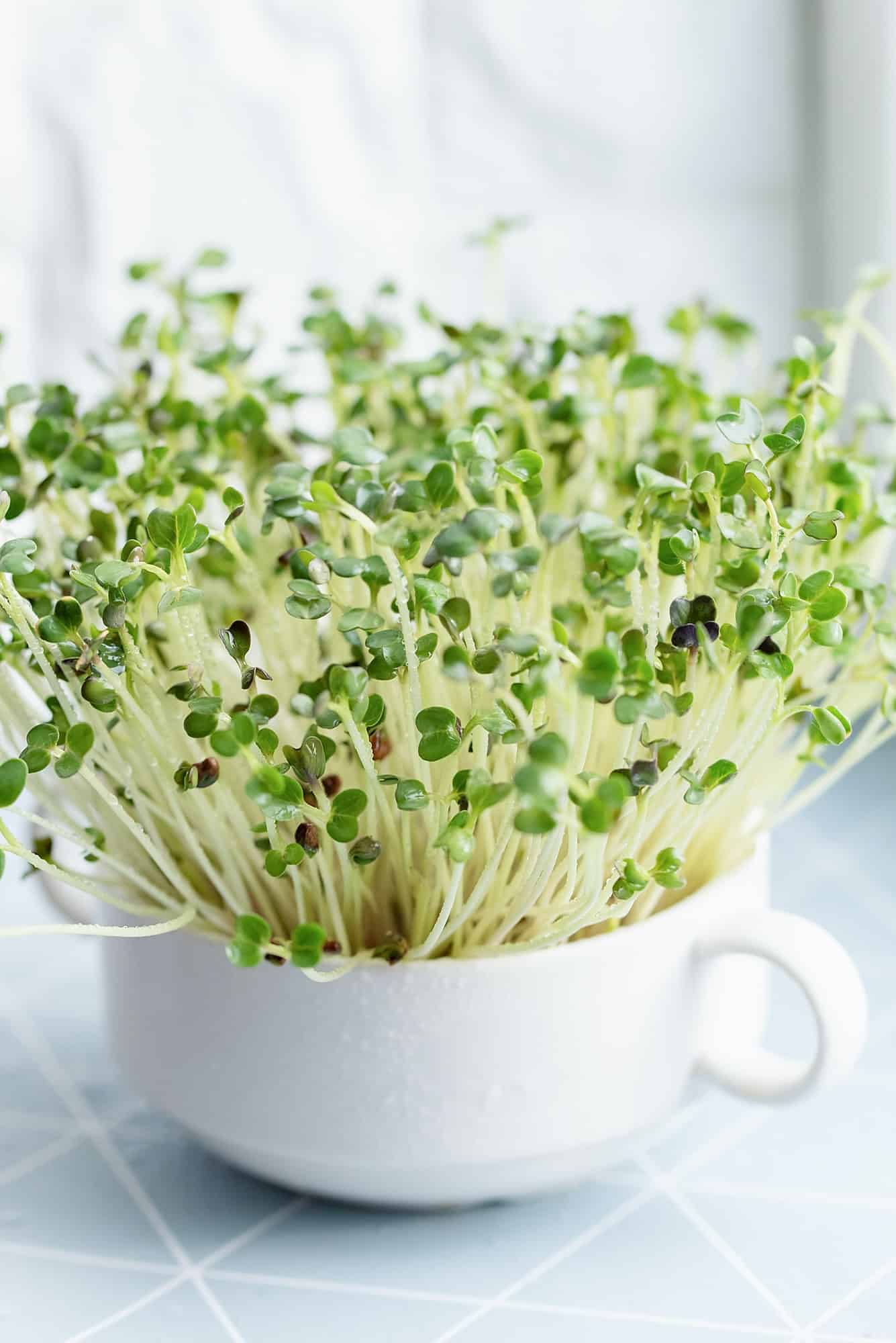What’s the Best Method for Creating a High-Yield Indoor Aquaponics Herb Garden?

Whether you are an urban dweller with limited outdoor space or simply a plant enthusiast seeking to optimize your indoor growing conditions, aquaponics promises an innovative solution for growing herbs indoors. Aquaponics is a sustainable farming method that integrates fish farming (aquaculture) and hydroponics (growing plants in water), creating a symbiosis between both. The fish excrete waste, which the plants use as nutrients, while the plants, in turn, purify the water for the fish. In that case, what is the best way to create a high-yield indoor aquaponics herb garden?
Understanding Aquaponics: A Basic Overview
Before diving into the specifics of setting up an aquaponics system, it’s essential to understand the core concepts behind it. Aquaponics is a closed-loop system that combines the benefits of aquaculture and hydroponics. It creates a mutually beneficial environment where fish and plants can coexist.
This might interest you : What’s the Best Way to Create a Humidity-Controlled Wine Storage Under a Staircase?
The basic setup of an aquaponics system includes a fish tank and a plant bed. The fish tank houses the fish, and the water from the tank is circulated into the plant bed. The nutrients from the fish waste nourish the plants, and the cleaned water is then returned back to the fish tank. This integration of systems reduces waste, conserves water, and is an excellent method for growing a variety of plants, including herbs.
Choosing the Right Aquaponics Systems
When it comes to designing an indoor aquaponics system, there are several types to choose from. The right system for you will depend on your specific needs, including the amount of space you have, the types of herbs you want to grow, and your level of commitment.
Additional reading : How to Optimize a Split-Level Living Room for Family Movie Night with an In-Ceiling Projector?
The three main types of aquaponics systems are media-filled beds, nutrient film technique (NFT), and deep water culture (DWC). Media-filled beds are the simplest type of system and work well for beginners. They involve growing plants directly in a grow bed filled with a suitable growing medium such as expanded clay pebbles or coconut coir.
The NFT system is a slightly more complex system where water with dissolved nutrients constantly flows in a thin film over the roots of the plants, which are supported by a sloping trough. This system is suitable for small, fast-growing herbs.
The DWC system, on the other hand, involves suspending plants in styrofoam rafts floating directly on the water that the fish live in. This system is ideal for growing herbs with larger root systems.
Setting Up Your Fish Tank
The foundation of every aquaponics system is the fish tank. This is where you’ll be growing your fish, which will provide the essential nutrients for your plants. Some of the most common fish used in aquaponics include tilapia, goldfish, and koi, as they produce a significant amount of waste.
The size of your fish tank will depend on the number of fish you want to keep and the size of your grow bed. As a general rule, you’ll need at least a 1:1 ratio of fish tank volume to grow bed volume. This ensures that there’s enough water to dilute the fish waste and enough bacteria in the grow bed to break down this waste into nutrients for the plants.
The location of your fish tank is equally important. It should be in a place where the temperature can be easily regulated, and there’s enough space for feeding and monitoring.
Selecting the Right Plants and Growing Media
Not all plants are suitable for aquaponics systems. Herbs, however, are a great choice because they are small, require less nutrients than larger plants, and can be easily grown indoors. Some of the best herbs for an indoor aquaponics system include basil, mint, parsley, chives, and thyme.
The growing media you select is also crucial. It serves as a home for beneficial bacteria that convert the fish waste into plant nutrients and it also supports the plant’s roots. The best media for an aquaponics system should be pH neutral, lightweight, and have good water-holding capacity. Some popular choices include expanded clay pebbles, perlite, and coconut coir.
Monitoring and Maintaining Your System
Once your system is up and running, regular maintenance will be necessary to keep both the fish and plants healthy. This includes feeding the fish, monitoring the water quality, and checking the pH levels.
Water quality is crucial in an aquaponics system. Ammonia, nitrites, and nitrates need to be monitored regularly to ensure the health of both the fish and the plants. A water test kit will be necessary for this.
Maintaining the right pH levels is also essential. Herbs typically prefer a pH level of 5.5-7.0. Too high or too low pH can hinder nutrient absorption, affecting plant growth.
In conclusion, creating a high-yield indoor aquaponics herb garden requires careful planning and maintenance. But with the right knowledge and resources, it’s a rewarding endeavor that provides fresh, homegrown herbs while promoting sustainable farming practices.
Managing the Ecosystem: Fish and Plants Balance
One of the most critical aspects of managing a successful indoor aquaponics system is maintaining the balance between the fish and plants. A well-balanced system is sustainable, requires less maintenance, and yields more.
At the heart of the aquaponic ecosystem are the fish. The fish are essentially the "engine" of the system, producing the necessary waste that the plants will uptake as nutrients. In choosing the fish for your system, consider the temperature and pH preferences of the fish and make sure they align with the herbs you plan to grow.
While tilapia, goldfish, and koi are popular choices, other fish like pacu, carp, and catfish can also be suitable for indoor aquaponics depending on your specific conditions. Remember, the key here is to select fish that will thrive in your specific environment and provide adequate waste for your plants.
Conversely, you need to ensure that the number of plants in your system matches your fish population. Too few plants, and the water in your fish tank could become toxic with excess waste. Too many, and your plants may not get enough nutrients to thrive.
Herbs make an excellent choice for aquaponics because they can flourish with the nutrients provided by the fish waste. However, you need to carefully pick herbs that can thrive in your chosen media bed and grow well under your indoor light conditions.
In a balanced aquaponic system, the fish and plants grow healthier and the yield is significantly higher.
Troubleshooting Common Issues in Indoor Aquaponics
Even with an ideal setup, you may encounter challenges in your indoor aquaponics herb garden. Understanding the common issues and how to troubleshoot them will help keep your system thriving.
One of the most common issues in aquaponics is imbalances in water chemistry. High ammonia levels can be toxic to fish and can also harm your plants. Similarly, high nitrate levels can cause your plants to wilt or stunt their growth. Regularly testing your water and adjusting as necessary will keep these levels in check.
Another common issue is algae growth. Algae can deplete the water of oxygen and compete with your plants for nutrients. To prevent algae, you could cover the water surface or use opaque materials for your fish tank and grow beds.
Plants showing signs of nutrient deficiencies or the fish seeming stressed or sickly are other potential red flags. Consulting with a local aquaponics expert or joining an online community can be beneficial in these instances.
Remember, successful indoor aquaponics is a continuous learning process, and troubleshooting issues is part of the journey.
Conclusion: The Reward of Indoor Aquaponics
Successfully setting up and managing an indoor aquaponics herb garden may seem overwhelming initially. However, with a good understanding of the system’s dynamics, suitable choice of fish, plants, and an effective troubleshooting strategy, the benefits far outweigh the challenges.
Through aquaponics, you have the opportunity to grow fresh, pesticide-free herbs right in your home, regardless of space limitations or soil problems. Not only do you get a continuous supply of fresh herbs, but you also gain the satisfaction of sustainable farming, contributing to environmental conservation.
Indeed, indoor aquaponics is much more than an innovative farming technique. It’s a hobby, a passion, and a lifestyle that promotes sustainability. Whether you’re a novice or an expert, every step you make is a stride towards a greener and healthier world.
